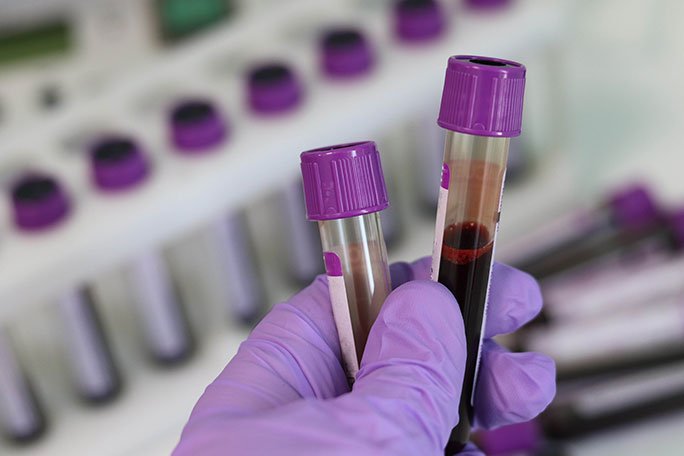Challenges and Strategies for Implementing Remote Patient Monitoring Technology for Nurses in the United States
Summary
- Remote patient monitoring technology offers numerous benefits for healthcare facilities in the United States.
- However, there are several challenges that healthcare facilities face in implementing this technology for nurses.
- Addressing these challenges is crucial for maximizing the potential of remote patient monitoring technology in improving patient care outcomes.
Introduction
Remote patient monitoring technology has been increasingly utilized in healthcare facilities across the United States to improve patient care outcomes and enhance efficiency. This technology allows Healthcare Providers to monitor patients' vital signs and health data remotely, enabling timely interventions and personalized care. While remote patient monitoring technology offers numerous benefits, healthcare facilities face several challenges in implementing this technology for nurses. In this article, we will explore the challenges that healthcare facilities encounter in integrating remote patient monitoring technology for nurses in the United States and discuss strategies to overcome these obstacles.
Challenges in Implementing Remote Patient Monitoring Technology for Nurses
Lack of Training and Education
One of the primary challenges that healthcare facilities face in implementing remote patient monitoring technology for nurses is the lack of adequate training and education. Many nurses may not be familiar with the use of technology in patient care or may not have received formal training on how to use remote patient monitoring devices effectively. This lack of training can lead to suboptimal use of the technology, compromising patient care outcomes.
- Inadequate training programs for nurses on how to use remote patient monitoring devices
- Lack of ongoing education and support for nurses to enhance their skills and knowledge in utilizing the technology
- Resistance to change among nurses who may be reluctant to embrace new technology in their practice
Integration with Electronic Health Records (EHR)
Another challenge that healthcare facilities encounter in implementing remote patient monitoring technology for nurses is the integration of the technology with Electronic Health Records (EHR). Seamless integration between remote patient monitoring devices and EHR systems is essential to ensure that patient data is accurately captured, documented, and easily accessible to Healthcare Providers. However, interoperability issues between different systems and lack of standardization pose significant barriers to effective integration.
- Lack of interoperability between remote patient monitoring devices and EHR systems
- Complexity in integrating multiple data sources from different devices and systems
- Security concerns related to the electronic transmission and storage of patient data
Cost and Reimbursement Challenges
Cost and Reimbursement challenges are also major obstacles that healthcare facilities face in implementing remote patient monitoring technology for nurses. The initial investment required to purchase and deploy remote patient monitoring devices, as well as ongoing maintenance and support costs, can be significant for healthcare facilities. In addition, uncertainties surrounding Reimbursement policies and coverage for remote patient monitoring services can deter healthcare organizations from investing in this technology.
- High upfront costs associated with the purchase and deployment of remote patient monitoring devices
- Ongoing maintenance and support expenses for managing the technology
- Lack of clarity and consistency in Reimbursement policies for remote patient monitoring services
Strategies to Overcome Challenges
To address the challenges in implementing remote patient monitoring technology for nurses, healthcare facilities can adopt several strategies to enhance the successful integration and utilization of the technology.
Comprehensive Training and Education Programs
Healthcare facilities should invest in comprehensive training and education programs for nurses to ensure they are proficient in using remote patient monitoring devices. Ongoing education and support should be provided to enhance nurses' skills and confidence in utilizing the technology effectively.
Collaboration with IT and EHR Vendors
Healthcare facilities can collaborate with IT vendors and EHR providers to facilitate the seamless integration of remote patient monitoring technology with existing systems. Standardized protocols and interoperability standards should be established to ensure data exchange between different platforms.
Advocacy for Policy Changes
Healthcare organizations can advocate for policy changes at the state and federal levels to address cost and Reimbursement challenges related to remote patient monitoring technology. Clear guidelines on Reimbursement policies and coverage for remote monitoring services can incentivize healthcare facilities to invest in this technology.
Conclusion
While remote patient monitoring technology holds great promise for improving patient care outcomes, healthcare facilities in the United States face several challenges in implementing this technology for nurses. By addressing training and education gaps, integrating the technology with EHR systems, and advocating for policy changes, healthcare organizations can overcome these obstacles and maximize the potential of remote patient monitoring technology in enhancing patient care delivery.

Disclaimer: The content provided on this blog is for informational purposes only, reflecting the personal opinions and insights of the author(s) on the topics. The information provided should not be used for diagnosing or treating a health problem or disease, and those seeking personal medical advice should consult with a licensed physician. Always seek the advice of your doctor or other qualified health provider regarding a medical condition. Never disregard professional medical advice or delay in seeking it because of something you have read on this website. If you think you may have a medical emergency, call 911 or go to the nearest emergency room immediately. No physician-patient relationship is created by this web site or its use. No contributors to this web site make any representations, express or implied, with respect to the information provided herein or to its use. While we strive to share accurate and up-to-date information, we cannot guarantee the completeness, reliability, or accuracy of the content. The blog may also include links to external websites and resources for the convenience of our readers. Please note that linking to other sites does not imply endorsement of their content, practices, or services by us. Readers should use their discretion and judgment while exploring any external links and resources mentioned on this blog.
